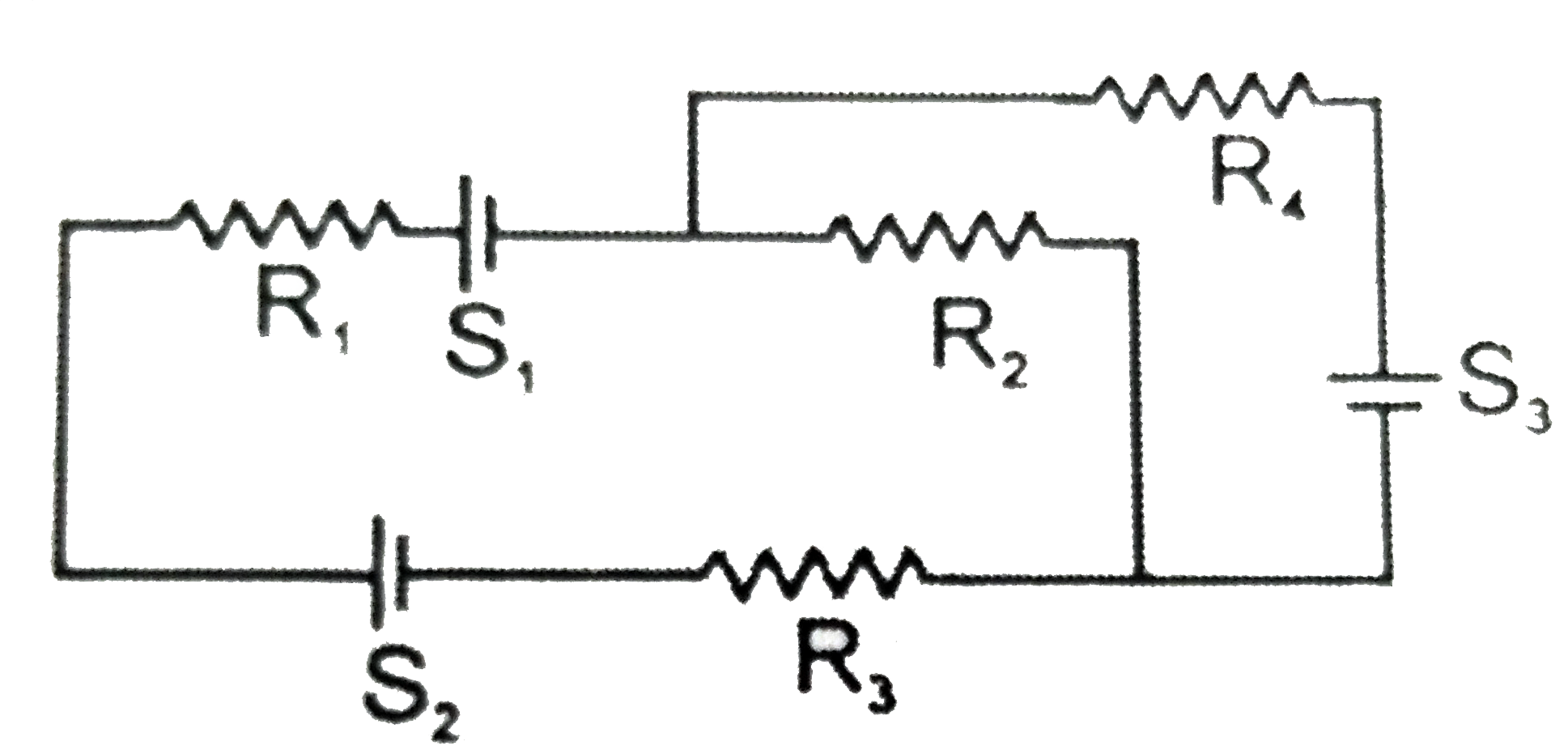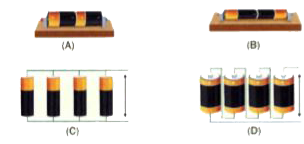What are the advantages of connecting electrical devices in parallel with the battery instead of connected them in series ?
Step-by-Step Text Solution
1. Understanding the Connection Types:
- In a series connection, electrical devices are connected one after another in a single path. In contrast, in a parallel connection, devices are connected across the same two points, creating multiple paths for current to flow.
2. Voltage Distribution:
- In a parallel connection, all devices receive the same voltage from the battery. This is crucial because each device operates optimally at its rated voltage. For example, if a battery provides 12V, each device connected in parallel will receive 12V.
- In a series connection, the total voltage from the battery is divided among the devices. For instance, if three devices are connected in series to a 12V battery, the voltage across each device (V1, V2, V3) will add up to 12V (V1 + V2 + V3 = 12V). This can lead to insufficient voltage for some devices, causing them to malfunction.
3. Current Distribution:
- In a parallel connection, the current can vary for each device. This means that devices can operate under different current requirements. For example, an air conditioner may require a higher current, while a bulb requires a lower current. Both can function properly when connected in parallel because they can draw the current they need independently.
- In a series connection, the same current flows through all devices. Therefore, if one device requires more current than the others, it could cause the entire circuit to fail. For instance, if an air conditioner and a bulb are connected in series, the higher current needed by the air conditioner may prevent the bulb from working properly.
4. Fault Tolerance:
- In a parallel connection, if one device fails (e.g., a bulb burns out), the other devices continue to operate normally. This is because each device has its own independent path to the battery.
- In a series connection, if one device fails, the entire circuit is broken, and all devices stop working. This makes series connections less reliable in practical applications.
Summary of Advantages of Parallel Connections:
- Equal Voltage: All devices receive the same voltage, ensuring they function correctly.
- Independent Current: Each device can draw the current it needs, allowing for devices with different current requirements to operate together.
- Fault Tolerance: The failure of one device does not affect the operation of others.
- In a series connection, electrical devices are connected one after another in a single path. In contrast, in a parallel connection, devices are connected across the same two points, creating multiple paths for current to flow.
- In a parallel connection, all devices receive the same voltage from the battery. This is crucial because each device operates optimally at its rated voltage. For example, if a battery provides 12V, each device connected in parallel will receive 12V.
- In a series connection, the total voltage from the battery is divided among the devices. For instance, if three devices are connected in series to a 12V battery, the voltage across each device (V1, V2, V3) will add up to 12V (V1 + V2 + V3 = 12V). This can lead to insufficient voltage for some devices, causing them to malfunction.
- In a parallel connection, the current can vary for each device. This means that devices can operate under different current requirements. For example, an air conditioner may require a higher current, while a bulb requires a lower current. Both can function properly when connected in parallel because they can draw the current they need independently.
- In a series connection, the same current flows through all devices. Therefore, if one device requires more current than the others, it could cause the entire circuit to fail. For instance, if an air conditioner and a bulb are connected in series, the higher current needed by the air conditioner may prevent the bulb from working properly.
- In a parallel connection, if one device fails (e.g., a bulb burns out), the other devices continue to operate normally. This is because each device has its own independent path to the battery.
- In a series connection, if one device fails, the entire circuit is broken, and all devices stop working. This makes series connections less reliable in practical applications.
- Equal Voltage: All devices receive the same voltage, ensuring they function correctly.
- Independent Current: Each device can draw the current it needs, allowing for devices with different current requirements to operate together.
- Fault Tolerance: The failure of one device does not affect the operation of others.
Topper's Solved these Questions
Similar Questions
Write one advantage of connecting electrical appliances in parallel combination.
View SolutionWhich electrical elements are connected in series ?
 View Solution
View SolutionWhich is the correct way to connect batteries in series .
 View Solution
View SolutionBattery is a collection of cells connected in
View SolutionWhy is ammeter connected in series and voltmeter in parallel in the circuit?
View SolutionA battery is designed by connecting four cells, each of emf 1.5 V and resistance 2.0 ohm in parallel. If this battery is now connected to an resistance of 2.5 ohm, find
the potential drop across the terminal of the cells.View SolutionA battery is designed by connecting four cells, each of emf 1.5 V and resistance 2.0 ohm in parallel. If this battery is now connected to an resistance of 2.5 ohm, find
the current flowing in the external circuitView SolutionA battery is designed by connecting four cells, each of emf 1.5 V and resistance 2.0 ohm in parallel. If this battery is now connected to an resistance of 2.5 ohm, find
the total resistance of the circuitView SolutionDraw a circuit diagram when three bulbs are connected in series with a battery of cells, which are also connected in series.
View Solutioncells can be connected in series ,in parallel and as well as combination of both the series and parallel .
View Solution

